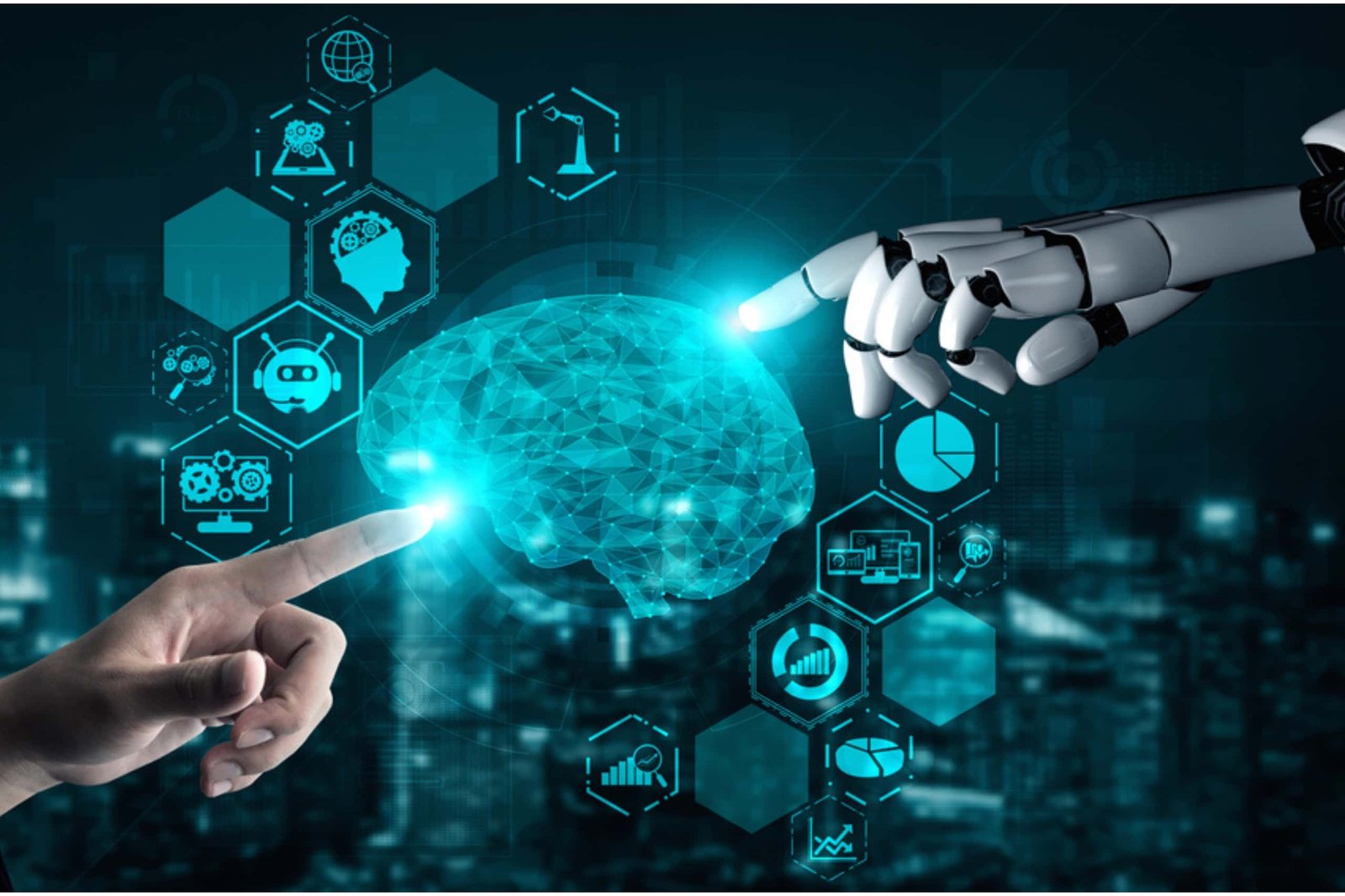Summary : Data mining extracts hidden knowledge from large datasets. Businesses use it to understand customers, optimize operations, and make data-driven decisions. This blog explores the techniques, benefits, and applications in various industries, emphasizing the importance of ethical considerations.
Introduction
In today’s world, where we have abundant information lying in the World Wide Web, companies are harnessing it to empower their growth strategies. But how do we transform this vast resource into actionable insights? This is where data mining comes in – a powerful technique for extracting hidden patterns and knowledge from massive datasets.
Imagine sifting through a mountain of rocks, searching for precious gems. Data mining is akin to this process, uncovering valuable information hidden within the raw data. This blog delves into the world of data, exploring its workings, benefits, techniques, and real-world applications.
What is Data Mining?
It refers to the process of discovering hidden patterns, trends, and relationships within large datasets. It utilizes sophisticated algorithms and statistical techniques to extract valuable information that might otherwise remain unseen.
Think of it as a detective meticulously combing through evidence to solve a case. It helps businesses and organizations unlock secrets buried within their data, leading to informed decision-making, improved efficiency, and a competitive edge.
How Does Data Mining Work?
The process is a multi-step journey, often broken down into these key stages. These include data collection, cleaning and preparation. This cycle helps businesses make informed decisions based on what the data reveals.
Data Collection and Preparation
The first step involves gathering data from various sources, such as customer transactions, social media activity, or sensor readings. This data is then cleaned and pre-processed to ensure consistency and accuracy.
Selection and Transformation
Relevant data subsets are chosen based on the specific goals of the analysis. This data may be transformed into formats suitable for the chosen data mining techniques.
Model Building and Application
Different algorithms are applied to the prepared data to identify patterns and trends. These algorithms can range from classification (categorizing data points) to clustering (grouping similar data points) and regression (predicting future values).
Evaluation and Deployment
The discovered patterns are evaluated for accuracy and relevance. If successful, these insights are deployed into practical applications, such as targeted marketing campaigns or fraud detection systems.
Benefits of Data Mining
Companies are heavily relying on data driven decisions. It helps in making informed decisions that drive results. It offers a plethora of advantages for businesses and organizations across various industries. Here are some key benefits:
Enhanced Decision-Making
By uncovering hidden patterns, data mining allows for data-driven decisions, leading to improved strategies and increased profitability.
Customer Insights
Businesses can gain deeper customer understanding, uncovering preferences, buying habits, and potential churn risks. This knowledge helps personalize marketing campaigns and enhance customer satisfaction.
Fraud Detection
The algorithms can identify anomalies and suspicious patterns in financial transactions, aiding in fraud detection and risk management.
Market Research
By analysing customer trends and competitor data, businesses can gain valuable insights into market dynamics, allowing them to adapt their offerings and stay ahead of the curve.
Scientific Discovery
It plays a crucial role in scientific research, helping researchers analyse vast datasets and find correlations that might lead to groundbreaking discoveries.
Operational Efficiency
It can optimize internal processes by identifying bottlenecks and streamlining workflows. For example, a manufacturing company might use data mining to analyse production line data and identify areas for improvement.
Techniques Used in Data Mining
Data mining is a detailed process. Hence involves the use of different tools. The toolbox is filled with a variety of techniques, each suited for specific needs. Here’s a look at some commonly used methods:
Classification
This technique categorizes data points into predefined classes. For example, classifying customer emails as spam or not spam.
Clustering
This technique groups similar data points together, helping to identify customer segments or product categories.
Association Rule Learning
This method identifies relationships between different data items. For instance, we can use Association Rule Mining to learn which products are frequently purchased together (e.g., bread and milk).
Regression Analysis
This technique helps predict future values based on historical data. An e-commerce company might use this to predict customer demand for a particular product during the holiday season.
Decision Trees
This technique creates a tree-like structure that allows for making predictions based on a series of questions about the data. For example, a bank might use a decision tree to assess a loan applicant’s creditworthiness.
Real-World Examples of Data Mining
Data mining is at work in various industries, transforming how businesses operate. Let’s explore some real-world examples:
Retail
It helps retailers personalise product recommendations (e.g., suggesting shoes to a customer who has recently purchased athletic apparel), identify fraudulent transactions (by analysing purchase patterns that deviate from a customer’s baseline behaviour), and optimize inventory management (by predicting demand for specific products).
Finance
Banks use data mining to assess creditworthiness (by analysing a borrower’s financial history and other data points), detect money laundering (by identifying unusual transactions), develop targeted financial products for their customers (e.g., recommending a high-yield savings account to a customer who maintains a large balance).
Healthcare
It helps analyse medical records to identify patients at high risk of developing certain diseases, allowing for early intervention and preventative measures. Additionally, it can be used to discover patterns in patient data that might lead to new medical treatments or drug discoveries.
Entertainment
Streaming services like Netflix use data mining to personalize content recommendations for users, analysing their viewing history and preferences. This not only enhances user experience but also helps identify trends in content consumption, informing future content acquisition strategies.
Social Media
Social media platforms utilize data mining to target advertising effectively. By analysing user data (e.g., demographics, interests, online behaviour), platforms can deliver ads that are highly relevant to specific user segments, increasing the effectiveness of advertising campaigns.
Ethical Considerations in Data Mining
While data mining offers immense benefits, it’s crucial to consider ethical implications. It helps in apt application of data mining process. Here are some of the key points one needs to follow:
Data Privacy
Data mining relies on user data, so ensuring data privacy and security is paramount. Businesses must obtain user consent and adhere to data privacy regulations.
Bias
The algorithms can perpetuate biases present in the data itself. It’s important to be aware of potential biases and take steps to mitigate them.
Transparency
The process of data mining and how insights are used should be transparent to users. Users should have control over their data and be able to opt-out of data mining activities.
Conclusion
Data mining is a powerful tool that allows us to unlock the secrets hidden within vast amounts of data. By uncovering patterns and trends, it empowers businesses to make informed decisions, improve efficiency, and gain a competitive edge.
As the world continues to generate ever-increasing amounts of data, It plays a pivotal role in shaping the future across various industries. However, it’s crucial to ensure responsible data mining practices that prioritize user privacy, address potential biases, and operate within ethical frameworks.
This blog has hopefully provided a comprehensive overview. As you delve deeper into this fascinating field, you’ll discover a world of possibilities for extracting valuable insights and transforming data into a powerful driver of progress.
Frequently Asked Questions
Is Data Mining the Same as Business Intelligence (BI)?
Data mining and business intelligence (BI) are related but distinct fields. BI focuses on presenting historical data in a way that facilitates easy analysis and reporting. Data mining, on the other hand, goes a step further by using sophisticated algorithms to uncover hidden patterns and trends within the data.
BI provides insights into what has happened, while it helps us understand why it happened and predict what might happen in the future.
What are Some of the Challenges Associated with Data Mining?
It presents several challenges. One challenge is ensuring the quality and accuracy of the data being analyzed. “Garbage in, garbage out” applies to data mining – poor quality data will lead to unreliable results.
Additionally, This algorithms can be complex and require specialized skills to implement effectively. Another challenge lies in interpreting the results – just because a pattern is identified doesn’t necessarily mean it has a clear business implication.
How Can I Get Started with Data Mining?
There are several ways to get started. Many online resources offer tutorials and introductory courses. There are also various software tools available, ranging from user-friendly options to more complex platforms requiring programming expertise.
If you’re new to data mining, consider starting with a basic online course or tutorial to gain a foundational understanding of the concepts and techniques involved.






